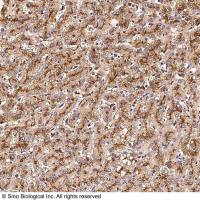Neuropeptides are essential for cell–cell communication in the nervous and endocrine systems. Production of active neuropeptides requires proteolytic processing of proneuropeptide precursors in secretory vesicles that produce, store, and release neuropeptides that regulate physiological functions. This review describes research strategies utilizing chemical biology combined with protease gene knockout and expression to demonstrate the key role of cathepsin L for production of neuropeptides in secretory vesicles. Cathepsin L was discovered using activity-based probes and mass spectrometry to identify proenkephalin cleaving activity as cathepsin L. Significantly, in vivo protease gene knockout and expression approaches illustrate the key role of cathepsin L for neuropeptide production. Notably, cathepsin L is colocalized with neuropeptide secretory vesicles, the major site of proteolytic processing of proneuropeptides to generate active neuropeptides. Cathepsin L participates in producing opioid neuropeptides consisting of enkephalin, β-endorphin, and dynorphin, as well as in generating the POMC-derived peptide hormones ACTH and α-MSH. In addition, NPY, CCK, and catestatin neuropeptides utilize cathepsin L for their biosynthesis. The role of cathepsin L for neuropeptide production indicates its unique biological role in secretory vesicles, which contrasts with its role in lysosomes for protein degradation. Interesting evaluations of protease gene knockout studies in mice that lack cathepsin L compared to the PC1/3 and PC2 (PC, prohormone convertase) indicate the significant role of cathepsin L in neuropeptide production. Thus, dual cathepsin L and prohormone convertase protease pathways participate in neuropeptide production. These recent new findings indicate cathepsin L as a novel ‘proprotein convertase’ for production of neuropeptides that mediate cell–cell communication in health and disease.






